These Whole Grain Poolish Baguettes are made from 100% freshly-milled whole wheat flour. The dough is a simple, lean French-style dough that utilizes an overnight preferment to help develop the flavor and potential of the loaves.
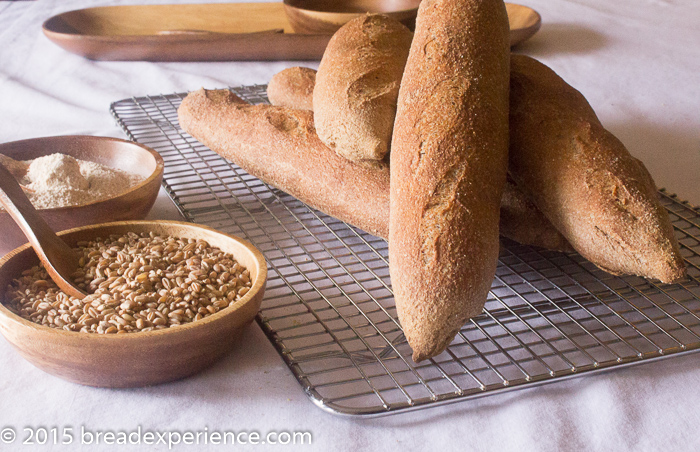
Poolish baguettes are some of my favorite loaves to make. Typically, they are made with at least a portion of white flour so when I found these baguettes that are made completely with whole-milled flour, I just had to try them. I used whole wheat flour milled from organic hard red spring wheat.
In addition to the pinch of yeast in the overnight poolish, the final dough benefits from a little bit of yeast to provide structure and lift. I wanted to incorporate an overnight retard in the refrigerator for the final dough so I decreased the amount of yeast used.
I started the poolish the evening before making the final dough. The next day, after the final mixing, I let the dough bulk ferment for two hours at room temperature, then placed it in the refrigerator overnight. I baked the loaves in an Emile Henry Baguette Baker.
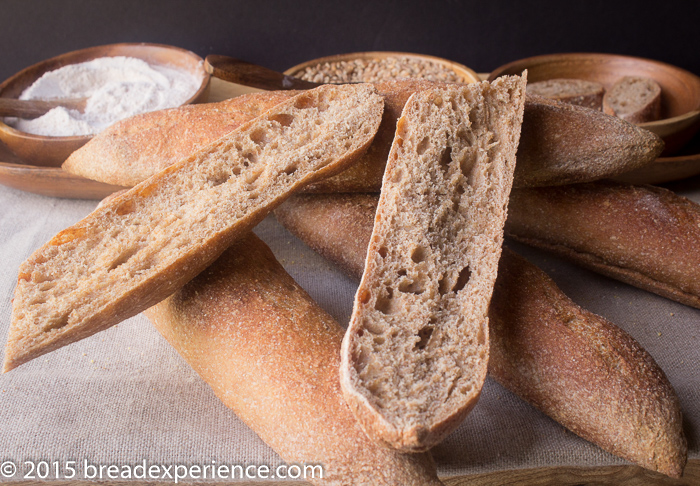
The formula and method I used as a guideline for these baguettes is from Bread Revolution by Peter Reinhart. The method was developed by Craig Ponsford of the USA Team. One thing you’ll notice with this poolish is that it includes a pinch of salt along with the yeast. This is because whole wheat has more enzyme activity than white flour so it could overferment without the salt to slow it down a bit.
I enjoyed the sweet, wheaty flavor of these loaves. They were not bitter and didn’t leave an aftertaste. You can use standard storebought whole wheat; however, the loaves probably won’t have the depth of flavor unless you can find 100% whole-milled wheat flour. Or better yet; mill your own like I did.
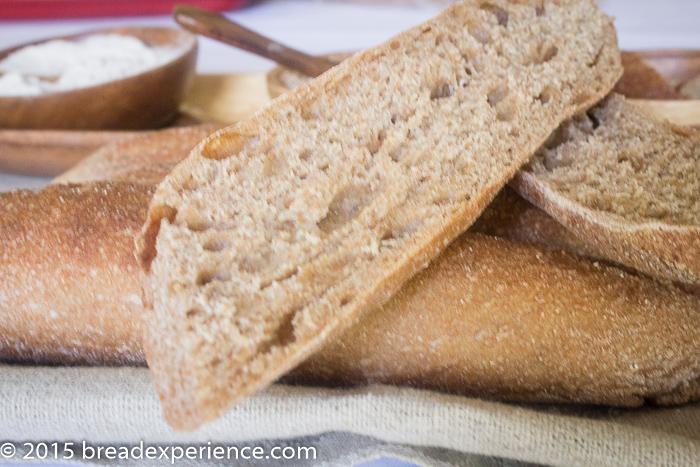
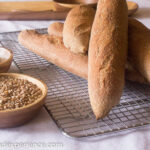
Whole Grain Poolish Baguettes
Description
Whole Grain Poolish Baguettes made from 100% freshly-milled whole wheat flour. The dough is a simple, lean French-style dough that utilizes an overnight preferment to help develop the flavor and potential of the loaves.
Ingredients
Poolish
- 1 1/3 cups / 6 ounces / 170 grams whole-milled wheat flour
- pinch instant yeast
- pinch salt
- 3/4 cup / 6 ounces / 170 grams water, at room temperature
Final Dough
- 1 3/4 cups + 1 tablespoon / 14.5 ounces / 411 grams water, at room temperature
- all of the Poolish
- 4 cups / 18 ounces / 510 grams whole-milled hard wheat flour (red or white, or combination)
- 2 teaspoons / 0.5 ounces / 14 grams salt
- 1/2 teaspoon instant yeast
Instructions
Day 1: Making the Poolish
- Stir together the flour, yeast, and salt in a large bowl. Pour in the water and mix until the flour is fully hydrated. It will form a thick, batter-type dough. Scrape down the sides of the bowl using a wet bowl scraper or spatula.
- Cover the bowl with plastic wrap and let the poolish sit overnight at room temperature, about 12 -14 hours. It should get bubbly and swell in size. My poolish never did get bubbly but it did swell in size. If your poolish gets bubbly before you are ready to use it in the final dough, place it in the refrigerator. You’ll need to compensate by using lukewarm water when mixing the final dough instead of using room temperature water.
Day 2: Final Dough:
- The next day, add the water to the poolish and mix to break it up. Whisk together the dry ingredients and add to the poolish water mixture. Mix thoroughly using a Danish dough whisk or wooden mixing spoon. When the dough gets to thick to mix with the whisk or spoon switch to using wet hands. The dough will be somewhat shaggy. Resist the temptation to add more flour.
- Shape the dough into a rough ball and place into a clean, lightly greased bowl. Cover the bowl with plastic wrap and ferment the dough at room temperature for 30 minutes.
- Remove the dough to a lightly oiled work surface or leave it in the oiled bowl and stretch and fold the dough onto itself from each side and the top and bottom. Place the dough back in the bowl and let it rest again for 30 minutes.
- Repeat the process of stretching and folding and return the dough to the bowl. The dough should become more supple after each fold. After the second fold, the dough should be tacky, but not sticky.
- Let the dough ferment at room temperature for 30 to 60 minutes, until it increases in size by about 1 1/2 times. Cover the bowl tightly with plastic wrap and place it in the refrigerator overnight.
Day 3: Shaping and Baking the Baguettes
- On the 3rd day, oil a work surface and transfer the dough from the refrigerator to the work surface. Gently degas it and shape it into a boule. Let the boule rest for 15 minutes.
- Divide the dough into 6 pieces using a metal pastry blade or bench knife. If you want larger baguettes, divide it into 2 to 4 pieces. Shape each piece into a baguette and place on a floured couche, parchment paper or baker’s peel. Lightly spray the tops of the loaves with oil and cover loosely with a clean towel or plastic wrap. Proof the loaves for 1 hour or until the dough increases 1 1/2 times its original size.
- At least 45 minutes before you plan to bake the baguettes, place a baguette baker on the lower shelf of the oven and preheat the oven and baker to 500 degrees F.
- Ten minutes or so before baking, uncover the loaves to let the surface dry and make it easier to score.
- Remove the preheated baguette baker from the oven and place on a heat resistant surface. Carefully transfer three of the baguettes to the preheated baker. Quickly score the loaves. Place the baker in the oven, cover with the lid and close the door. Immediately lower the temperature to 450 degrees F.
- Bake the loaves for 14 minutes, then remove the lid and rotate and bake the loaves another 10 minutes or until the crust is a rich golden brown and the bread sounds hollow when thumped on the bottom. It should have an internal temperature of 200 degrees F.
- Repeat the process with the second batch of loaves. Placing the baker back in the oven to preheat before baking the loaves.
- Transfer the loaves to a wire rack to cool for at least 30 minutes before slicing and eating.
- Category: Baguette
Happy Baking!
Cathy
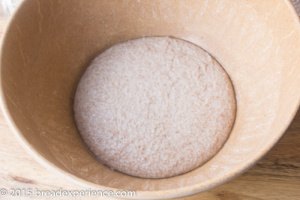

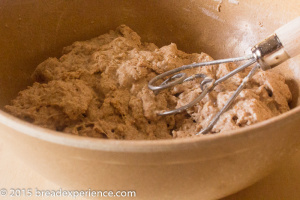

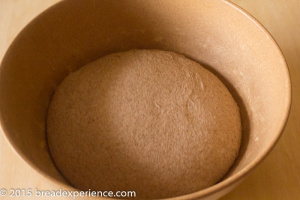
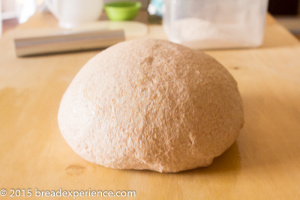
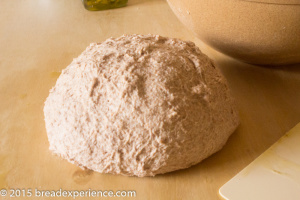
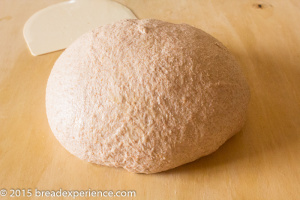
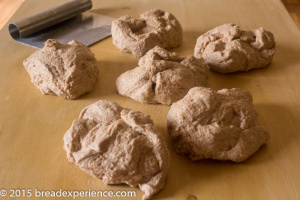
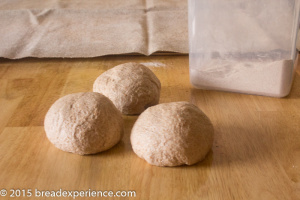
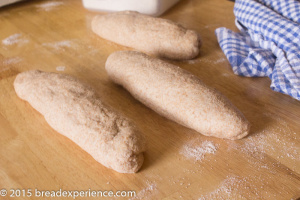

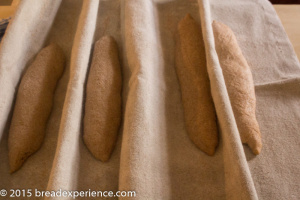
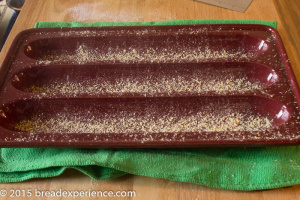
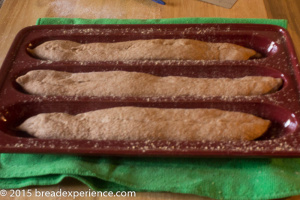
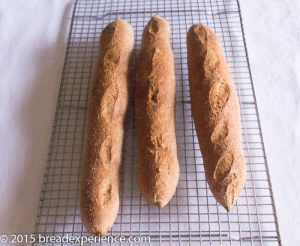
Joseph says
Have just embarked on the journey of breadmaking. Have just completed my 3rd attempt at baguettes.
, a long way to go. My preference for bread is whole wheat and found your site very encouraging and exciting to study. I look forward to trying out your recipes. Having just just received an order T55 French flour from Shipton Mill I have also bags of whole wheat, I will be experimenting in combing the 2. I will let you know how it goes
Cathy says
Welcome to the wonderful world of breadmaking. That sounds like a fun experiment. Do let me know how it goes.
francois noel says
Hello Cathy,
I’m accustomed to sourdough, but want to start doing yeast breadmaking and after stumbling upon Ponsford I came across your version. I’m hoping to adapt this to loaves cooked in a Pullman pan. For sourdough I usually need 550grams flour to fill up the 9x4x4 pans. Would you have any tips on how this dough might compare to sourdough in terms of rise, etc, or experience adapting this recipe to larger loaves?
Thanks!
Cathy says
Hello Francois,
Thanks for visiting my blog. It’s interesting that you want to go from sourdough to yeast. I learned the other way around, but I enjoy working with both.
I haven’t tried baking this baguette dough in a pullman pan, but I learned recently (in a workshop) that you need 100 grams of dough per inch for pullman loaves.
In terms of the rising time, depending on how much yeast you use, the fermentation is usually less than sourdough. I almost always reduce the amount of yeast used in recipes so that I can give the dough a longer rise. You just have to watch it to make sure it doesn’t overproof.
Happy Baking!
Cathy
ANTHONY KARELAS says
Sorry for my question , I am absolute newbie.
In your recipy you are using 510 gr ( + 170 gr from Poolish ) wheat Total 680 wheat
411 ml ( + 170 ml from Poolish) water Total 581 water
Could you possibly calculate the Hydration rate for me ?
Cathy says
The hydration for the poolish is 100%, and the hydration for the dough is 81%.
Notes:
The hydration will vary depending on the brand of whole wheat flour you use. I used home-milled flour which absorbs more liquid.
Also keep in mind that whole wheat flour hydrates more slowly than white flour so this dough will be sticky after mixing, but will become more workable during the stretch and folds. Resist the urge to add more flour.